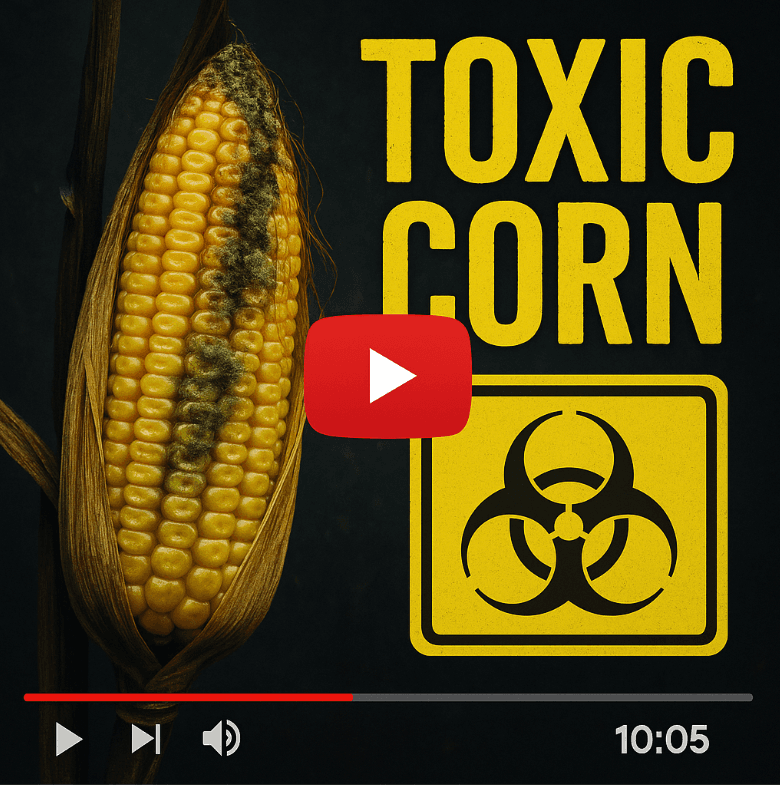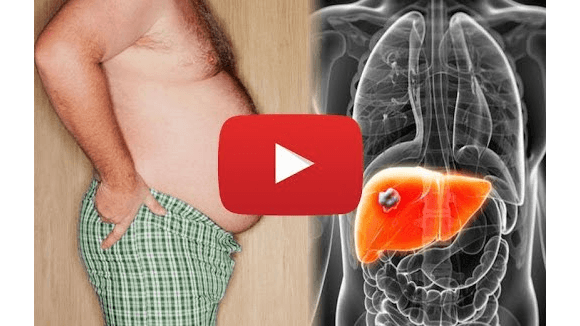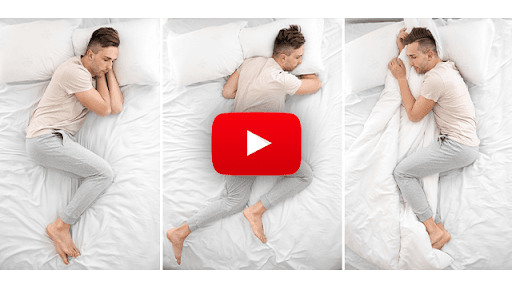What are Sesamoids? What is Sesamoiditis? [Symptoms & Grading, Self Test & Xrays, Treatments & Tips]
Sesamoid bones, often overlooked, play a crucial role beneath the joints of the big toes. These small, pea-shaped structures are vulnerable to certain conditions, notably sesamoiditis and fractures.
Localised beneath the big toe joints, sesamoid bones can easily become inflamed or even fractured. Their anatomy makes them susceptible, needing careful management when issues arise.
Common indicators that something is amiss with the sesamoids include visible swelling, notable inflammation, and intensified pain during physical activities or under direct pressure.
A professional diagnosis often involves a full physical assessment of the foot. One simple yet effective technique involves applying pressure with the thumb directly onto the sesamoids, which can be surprisingly informative in evaluating the status of these tiny bones.
In medical practice, sesamoiditis is categorized generally into three grades based on the severity of pain and the presence of bruising:
- Grade One: Slight pain and localized inflammation around the sesamoid bones.
- Grade Two: More pronounced, persistent pain, often with bruising visible.
- Grade Three: Continuous severe pain that persists despite resting and conservative measures.
Conservative treatments form a first line of defense for sesamoiditis. For individuals with Minor pain (Grade One), simply relieving this pressure can significantly improve symptoms.
For Grades Two and Three, where pain is notably persistent or severe, modifications such as orthotics play a pivotal role. Such adjustments aim to redistribute pressure, thereby offering critical relief. Padding can also provide much-needed comfort.
From Around The Web
Wellness Inbox is a blog & weekly newsletter that curates trending news and products related to health and wellness from around the web. We also gather content from various sources, including leading health professionals, and deliver it directly to you.
Please note that we may receive compensation if you purchase any products featured in our newsletter. Wellness Inbox is not affiliated with, nor does it endorse, any health professionals whose content may appear in our newsletter. The information provided is for general informational purposes only and should not be considered medical advice.
The information provided is not intended to replace professional medical advice, diagnosis, or treatment. All content, including text, graphics, images, and information available is for general informational purposes only. We do not guarantee the accuracy or completeness of any information presented and assume no liability for any errors or omissions. The content is subject to change without notice. We encourage you to verify any information with other reliable sources and consult your physician regarding any medical conditions or treatments.







